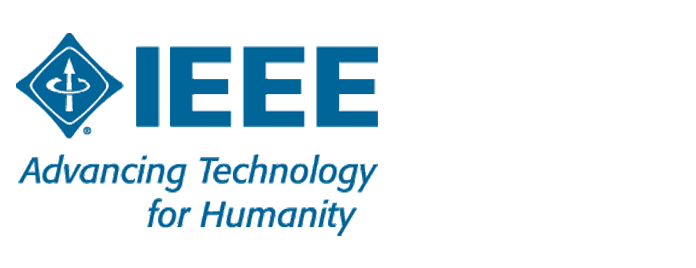Information technology - Computer graphics, image processing and environment data representation - Object/environmental representation for image-based rendering in virtual/mixed and augmented reality (VR/MAR)
This document specifies an image-based representation model that represents target objects/environments using a set of images and optionally the underlying 3D model for accurate and efficient objects/environments representation at an arbitrary viewpoint. It is applicable to a wide range of graphic, virtual reality and mixed reality applications which require the method of representing a scene with various objects and environments. This document:
(1) defines terms for image-based representation and 3D reconstruction techniques;
(2) specifies the required elements for image-based representation;
(3) specifies a method of representing the real world in the virtual space based on image-based representation;
(4) specifies how visible image patches can be integrated with the underlying 3D model for more accurate and rich objects/environments representation from arbitrary viewpoints;
(5) specifies how the proposed model allows multi-object representation; and
(6) provides an XML based specification of the proposed representation model and an actual implementation example (see Annex A).
(1) defines terms for image-based representation and 3D reconstruction techniques;
(2) specifies the required elements for image-based representation;
(3) specifies a method of representing the real world in the virtual space based on image-based representation;
(4) specifies how visible image patches can be integrated with the underlying 3D model for more accurate and rich objects/environments representation from arbitrary viewpoints;
(5) specifies how the proposed model allows multi-object representation; and
(6) provides an XML based specification of the proposed representation model and an actual implementation example (see Annex A).

ISO/IEC 23488:2022
https://www.iso.org/standard/75718.html

